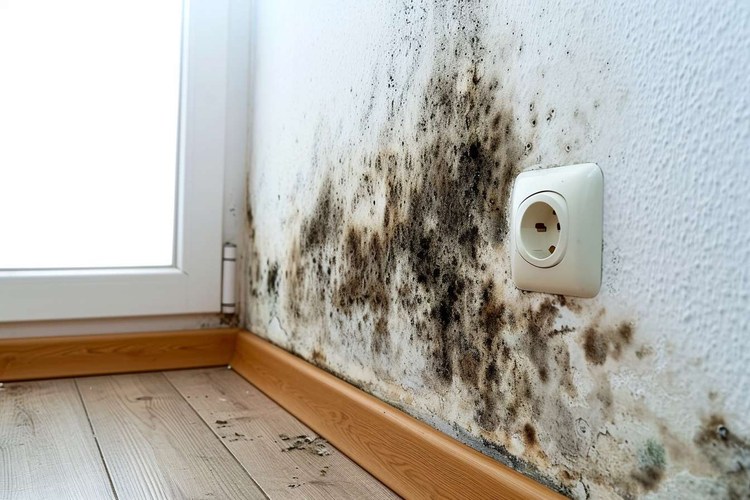Mold Removal for Your Home: Preventing Moisture and Water Damage
Mold growth in a house is more than an eyesore — it signals excess moisture and potential water damage that can harm building materials and indoor air quality. Understanding why mold appears, how to find it early, and which steps will remove and prevent it helps protect your home, your belongings, and the people who live there.

What causes mold in a house?
Mold spores are everywhere; they only become a visible problem when conditions in a house support growth. Warmth, humidity, condensation, leaks, and damp building materials create ideal environments. Common sources include roof or plumbing leaks, poor ventilation in bathrooms and kitchens, wet basements after storms, and condensation on cold surfaces. Once mold establishes itself on drywall, wood, or insulation, it can spread if moisture problems continue.
How does mold affect home health?
Visible mold and hidden mold inside walls can release spores and microbial volatile organic compounds into indoor air. For many people, exposure causes nasal irritation, coughing, or worsening of asthma and allergies. Long-term dampness in a home can also contribute to chronic indoor air quality issues. This article is for informational purposes only and should not be considered medical advice. Please consult a qualified healthcare professional for personalized guidance and treatment.
How to detect moisture problems early
Early detection starts with routine checks. Look for musty smells, discolored spots on ceilings or walls, peeling paint, and warped flooring. Pay attention after heavy rains or plumbing work; persistent dampness or repeated stains often indicate ongoing water intrusion. Use a moisture meter or infrared camera if available, and inspect crawlspaces, attics, and behind appliances. Addressing the underlying moisture source is always more important than simply removing visible mold.
DIY vs professional mold removal for your house
Small, localized mold patches (for example, a few square feet on non-porous surfaces) can often be cleaned safely by homeowners using appropriate protective gear, detergent, and drying. Porous materials with extensive contamination—insulation, drywall, or structural wood—often require professional remediation. Professionals assess hidden contamination, contain the area to prevent spread, use HEPA filtration, and follow protocols for safe removal. Choose professional services in your area when the affected area is large, when mold returns after cleaning, or when occupants have respiratory issues.
Preventing future water damage and mold in your home
Prevention focuses on moisture control. Ensure gutters and downspouts divert water away from foundations, maintain roof and plumbing integrity, and use exhaust fans in bathrooms and kitchens. Keep indoor humidity below 50% with dehumidifiers or improved ventilation, especially in basements. Promptly dry wet carpets and building materials within 24–48 hours after flooding. Consider improving insulation and sealing thermal bridges to reduce condensation. Regular maintenance and quick attention to leaks are the most effective long-term strategies.
Conclusion
Mold removal is a two-part task: remove existing fungal growth safely and fix the moisture problems that allowed it to thrive. Whether tackling a small patch yourself or hiring professionals for a larger remediation, prioritizing moisture control will protect your home’s structure and indoor air quality. Regular inspections, prompt repairs, and sensible ventilation will reduce the chance of mold returning.






